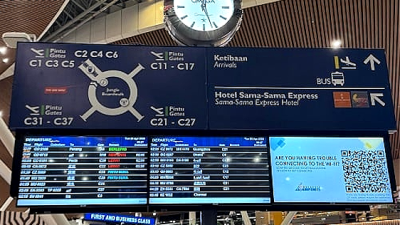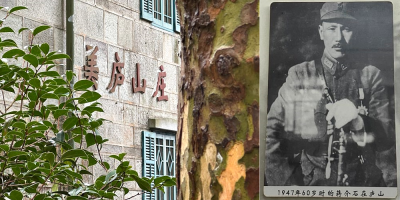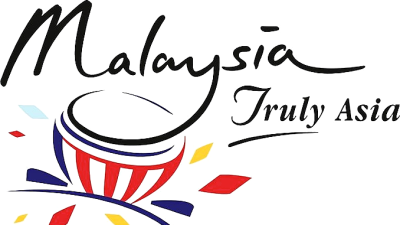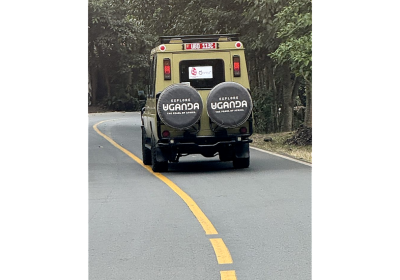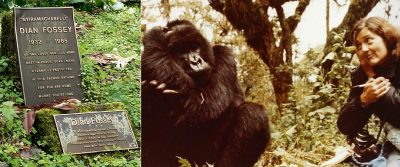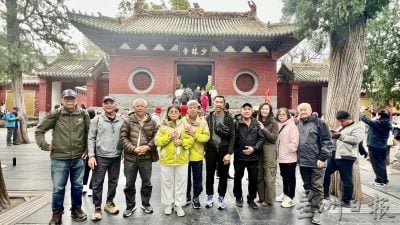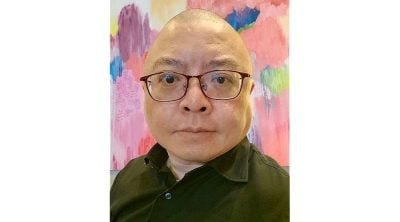My second probation tour arranged by my superior, Reliance Travel’s Mr Chong, was Route “A”. To my pleasant surprise, Ramli was still the driver. More wonderfully, he was driving the 16-seat minibus down to Singapore all by himself. And I was shocked to learn that he actually had a valid tour guide license! I was thinking I really needed to seriously set my timetable for a tour guide license!
The Route “A” tour started off from Singapore via Melaka, KL, Pangkor, Ipoh, Penang and Hat Yai, before ending in Phuket. Because of that, we would need to work with Reliance’s southern Thailand office.
The three-country itinerary reminds me of the super luxurious train travel classic, the historical “Oriental Express”. Our “Pan-Peninsula Overland Travel” a.k.a. Route “A” could be just as all-inclusive and rewarding!
I came to discover that many Mat Salleh tourists had a strong interest in the multifaceted cultures of former Western colonies. In Melaka’s Jonker Walk area, these people yelled in surprise: “Incredible!” as they snapped pictures with their cameras. Indeed, within just a couple of meters you could see worshipping houses of different religious faiths standing side by side in perfect harmony. Having travelled to 132 countries and territories across the world now, I would say confidently that this thing happens only in Melaka, and nowhere else.
I always tell people Malaysia’s biggest legacy has been our diverse ethnicity and culture. Unfortunately after 34 years, much of our cultural diversity has been overrun by racist extremism As a matter of fact, we all miss the era of Soh Chin Ann, Santokh Singh and Harun Jusoh of the 1980s, when solidarity and harmony were our national hallmarks. I was lucky enough to have borne witness to those wonderful moments of this land from 1987 through early 1991.
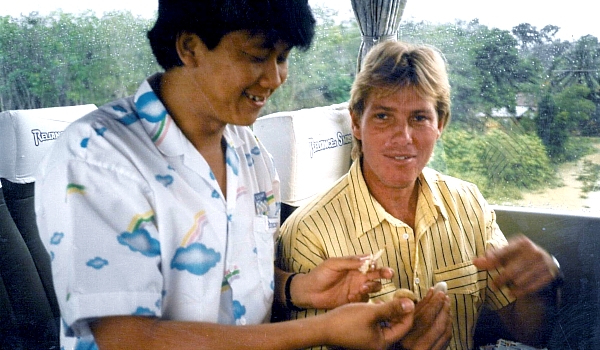
One of the stops along this “Batik Route” was Pangkor, where the guests had the opportunity to witness the traditional family-run ikan bilis production and understand why this local delicacy was such an indispensable ingredient on Southeast Asian dining tables. I personally feel that salted fish is another very commonplace food ingredient in this country, right?
We could have spent an entire week on this quiet and rustic island although we only stayed on Pangkor for one night, as we had to bid the island adieu the next morning and make a brief stop in Ipoh before arriving in Penang in the evening.
Actually I love Penang’s Malay name “Pulau Pinang” more, because it tells us how the island came to be known: the ubiquitous areca palm trees.
Ramli proposed that we should first go round the island to Balik Pulau before stopping at the legendary Snake Temple and circling the airport perimeter road to search for areca palm trees. That was the first time I had travelled to this part of Penang island at the back of the hills, and was shocked that the place was still largely covered in thick virgin forests. Although we could see plenty of tall pinang trees on the hill slopes, they were of little economic value to the local residents who had started growing more lucrative durian trees by then.
After hearing my explanation, some of the Mat Sallehs asked: Is it legal to clear the land for durian plantation? I replied: You’ve got to ask the original inhabitants of the hills, the very animated monkeys!
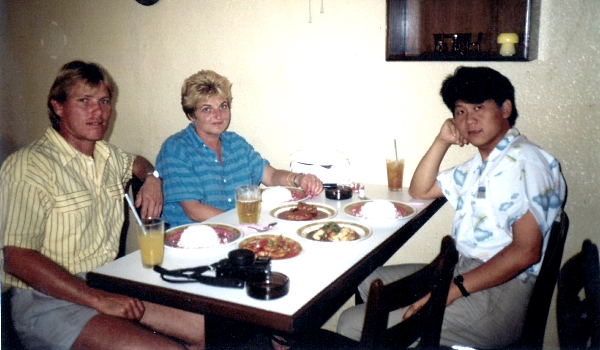
Penang is richly endowed with unique travel resources, with verdant hills, pristine beaches and plenty of heartwarming stories. I introduced to my guests the local Chinese clanhouses, temples and year-round festivals. We stopped for quite some time at Khoo Kongsi near Chulia Street because I had to start with how the Chinese immigrants arrived from mid-19 century and how they took care of one another after setting foot in different parts of Southeast Asia. I also explained to them the various Chinese family names and their respective ancestral homes back in China. I have no idea how much they understood me although they did pose some questions and appeared to be very keen.
After two days, we set off from Penang and hit the Federal Highway Route 1 towards the Thai border to the north.
After crossing into Thailand, we changed to a bigger coach and my job was taken over by an English-speaking Thai guide. Ramli and I joined the rest of the group on a Hat Yai city tour, enjoying Thai massage and savouring the mouth-watering Thai food.
The second day, our responsibility ended after our guests were safely sent to their resort hotels in Phuket. On the way back from Hat Yai to Penang, I was very much looking forward to our next assignment.
More in the Isshōkenmei series
(Lee San is Founder and Group Executive Chairman of Apple Vacations. He has travelled to 132 countries, six continents, and enjoys sharing his travel stories and insights. He has also authored five books.)
ADVERTISEMENT
ADVERTISEMENT






